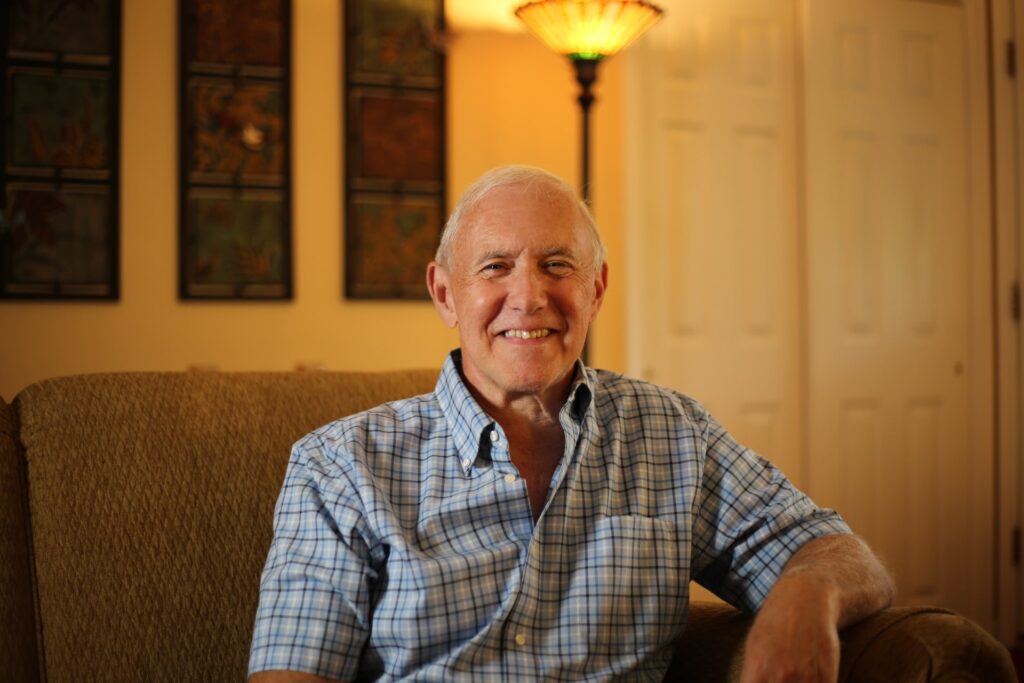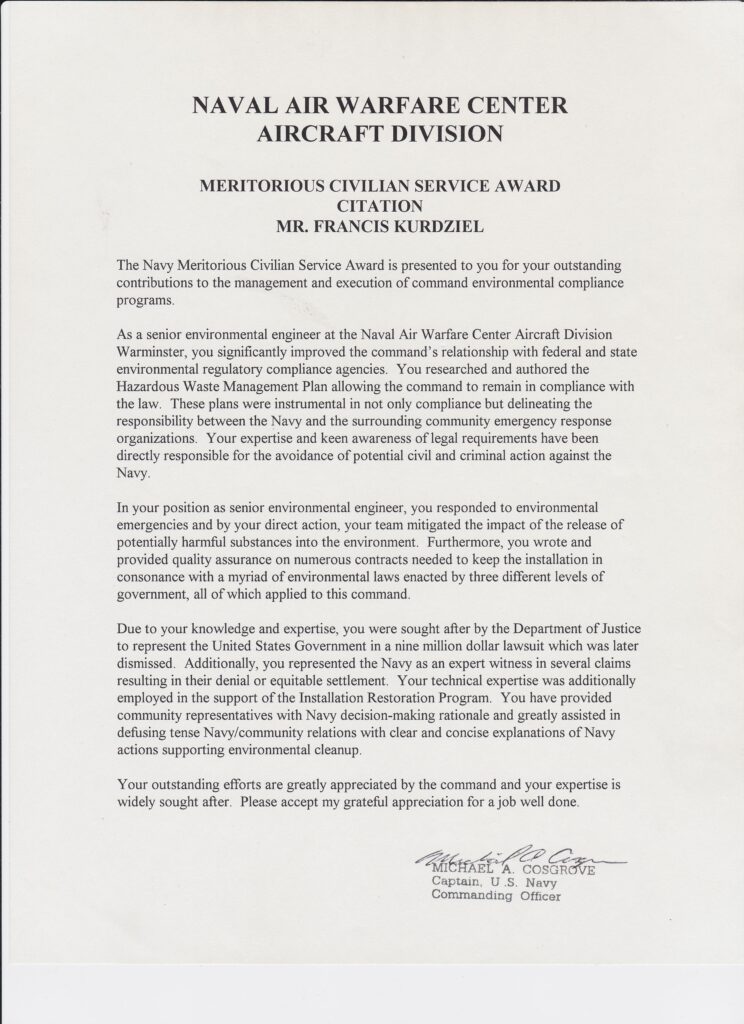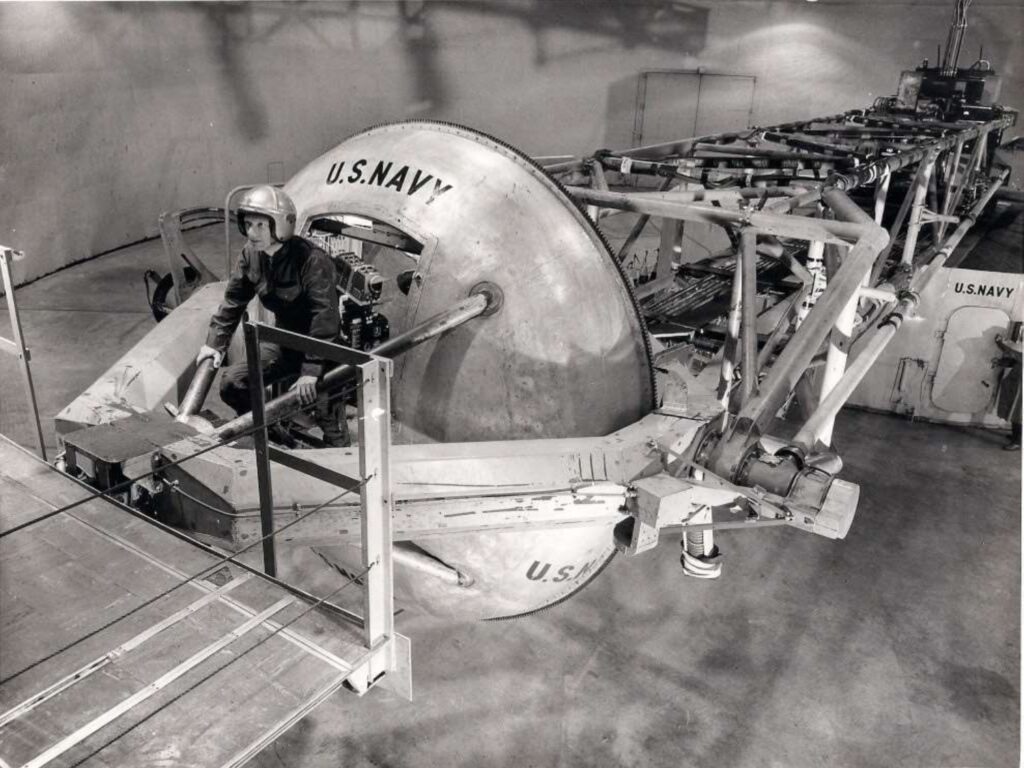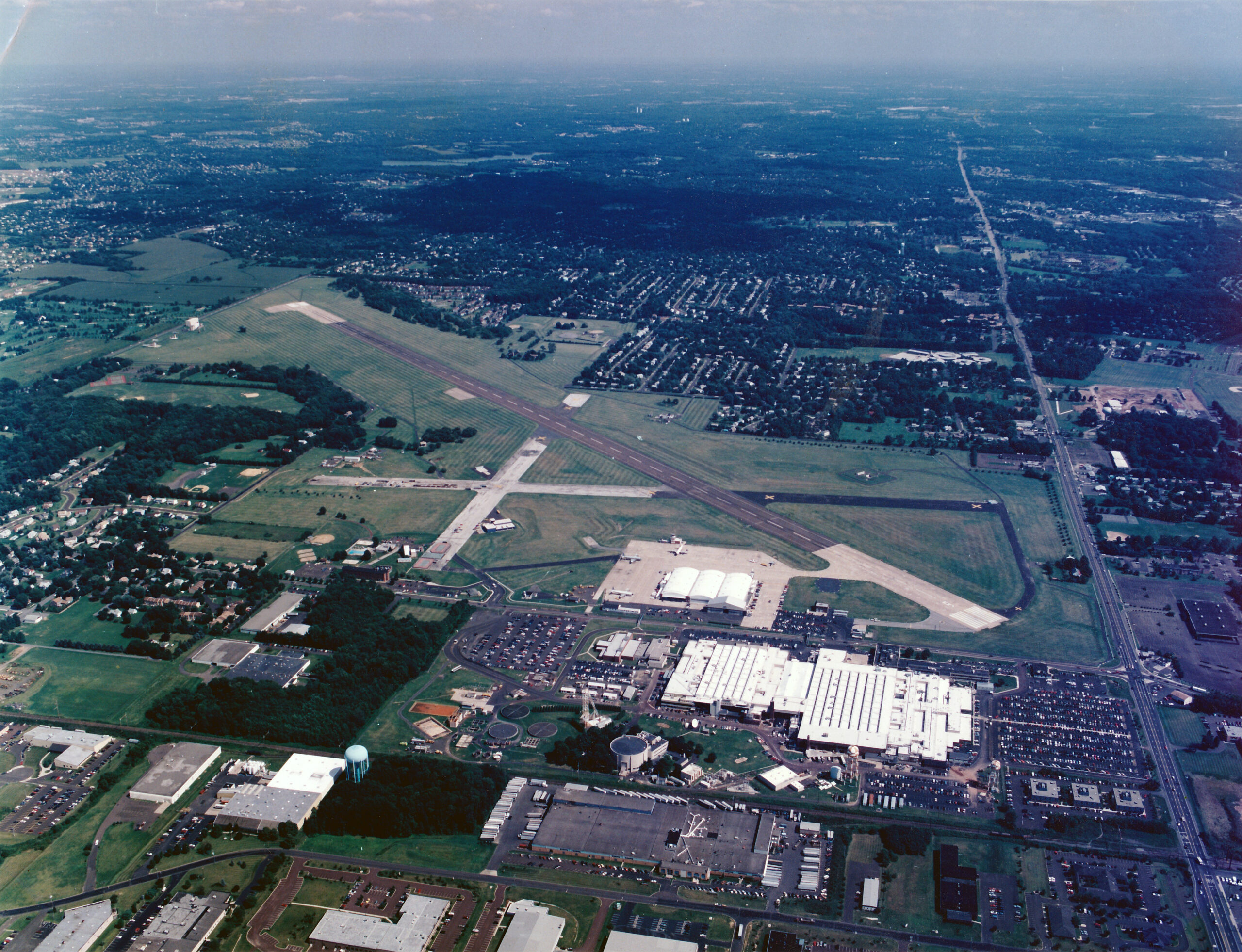What does it feel like to watch a man willingly black out in the name of science? Frank Kurdziel still remembers.
In the mid-1980s, Frank was a young environmental engineer at the Naval Air Development Center (NADC) in Warminster, Pennsylvania. He didn’t design rockets or pilot jets, but he was part of the backbone that kept the base running – building and maintaining labs, cleaning up landfills, and making sure experiments had what they needed. “We were the public works department,” he told me. “Our job was to support the science.”
Yet support at NADC meant more than fixing boilers. It meant walking past the centrifuge – the largest and most powerful human centrifuge ever built – and watching test pilots spun until they lost consciousness.

Inside Building 70: The Centrifuge That Tested Astronauts
Building 70 looked unassuming from the outside – circular, concrete, almost industrial. Inside was something otherworldly. A 50-foot arm, anchored to Pennsylvania bedrock, rotated with such force that pilots could experience up to 40 Gs.
Kurdziel recalls peering from the observation booth:
“You’d sit above it and look down as this thing spun. The building didn’t even shake – because the motor was bolted straight to bedrock. It was incredible.”
This was the same centrifuge where John Glenn, Alan Shepard, and Neil Armstrong trained before their flights. In fact, as Frank explains, the centrifuge evolved into what was called a dynamic flight simulator. Test subjects weren’t just spinning – they were “flying” F-14 or F-18 cockpits bolted to the gondola, feeling every turn and dive as if they were in the sky.
Human Limits, Human Ingenuity
Frank witnessed a test called LOC – Loss of Consciousness – where pilots were spun until they blacked out, their faces filmed in real-time. “They wanted to know: how far can a human really go?” he said.
That question wasn’t abstract. It was life-or-death. The Apollo astronauts had to endure launch pressures unlike anything humans had felt before. NADC’s centrifuge helped determine not just whether they could survive, but how.
In the 1950s, Dr. Flanagan Gray famously subjected himself to over 31 Gs in an experiment that nearly crushed him. “That’s 6,000 pounds on your chest,” Frank notes. “And he lived to tell the tale.”
The Culture of a Secret Base
For Frank, the science was only part of the story. What struck him most was the community.
“There were a lot of bright people, really bright,” he said. “PhDs, scientists, engineers. And yet, they treated us in public works with respect. No attitude. We all had a home there.”
When the base was closed in 1996 under federal downsizing, it hit hard. “We were heartbroken,” Frank admitted. “Nobody wanted it to close. We knew the work mattered.”

Why It Matters Today
The centrifuge still stands in Warminster, now repurposed as an event space called The Fuge. But its true legacy is fading from public memory. Without NADC, NASA might not have had the physiological data it needed to send humans safely into space.
As historian Amy Shira Teitel has written, “Before astronauts reached the Moon, they first had to survive Earth” (Breaking the Chains of Gravity). That survival was tested, in large part, right here in Bucks County.
Key Takeaways
- The Johnsville Centrifuge in Warminster was the world’s largest human centrifuge, capable of 40 Gs.
- Astronauts from Mercury, Gemini, and Apollo trained there, including John Glenn and Neil Armstrong.
- Frank Kurdziel, who worked at NADC from 1984–1997, recalls it as both a place of innovation and community.
- Beyond machines, the base tested the limits of human endurance—through blackout tests, ejection seat trials, and cold-water survival experiments.
- Today, the centrifuge building survives as The Fuge, but the stories risk being forgotten.

A Final Thought
Frank left me with one line that stuck:
“If you wanted to see how far a human or a machine could go, Warminster was the place to be.”
Before Houston. Before Cape Canaveral. Before the Moon—there was Warminster, Pennsylvania.
Support the Film
Help us tell the stories of space pioneers like Terry Hart.
• Visit BeforeTheMoonFilm.com
• Support the film through our donation page
• Follow us on Facebook: facebook.com/BeforeTheMoonFilm
Because before we go forward… we need to remember who got us here.


Leave a Reply